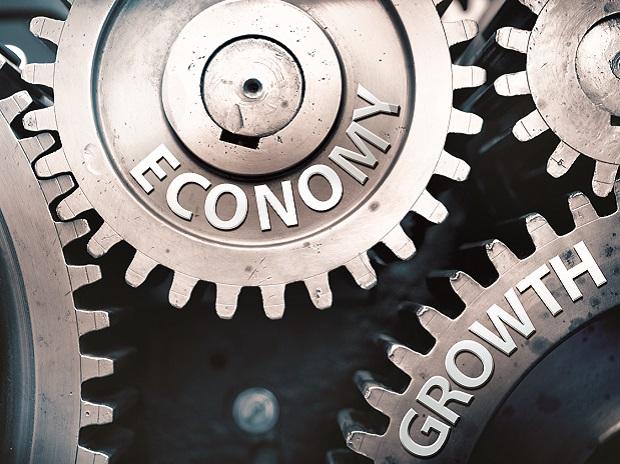India’s robust 9.7 per cent growth rate in the first half of the current financial year (April-September FY23) was primarily driven by pent-up demand from the services sector, enhanced agriculture exports and robust construction activity aided by higher infrastructure investment, the Finance Ministry said in its latest Monthly Economic Review (MER) on Friday.
In the MER, the Ministry said that global economic developments remain complicated in November, and that fiscal and monetary policymakers need to remain vigilant.
“As we head into 2023, global economic developments are expected to complicate the outlook further, and therefore continued vigilance is a critical aspect in maintaining India’s external resilience. No country can afford to sit on its laurels, India included,” the MER said.
Private consumption, bolstered by pent-up demand, reached its highest among all second quarters during the past 11 years at 58.4 per cent of GDP. The investment rate also rose to the highest among all the second quarters since 2012-13, at 34.6 per cent of GDP, hinting at the beginnings of an investment cycle, it said.
The MER stated that continued commitment to macroeconomic stability will underpin both economic performance and investor interest in India. Going forward, the country needs to focus on medium-term challenges such as securing technology and resources for energy transition and skilling its youth for the 21st-century economy while staying the course on fiscal consolidation at the general government level.
“Indian external sector continues to face the headwinds emanating from the global slowdown. However, the downside to a widening current account deficit is expected to be limited by a robust services export performance through the rest of the year and by inward remittances, which are expected to touch $100 billion this fiscal year as per the World Bank,” the report stated.
The report said that inflationary pressures have been easing, with retail and wholesale inflation falling to eleven- and 21-month lows, respectively, in November.
“WPI inflation rate continues to decline, and CPI inflation rate came in below the RBI’s upper tolerance limit of 6 per cent, primarily driven by the decline in food inflation. Core inflation, however, continues to remain sticky and persisted at an elevated level of 6 per cent in November 2022, partially reflecting increased pass-through of high manufacturing costs to consumer prices as demand continues to recover swiftly,” it said.
Going ahead, as inflationary pressures decline in manufactured products, reflecting reduced input cost pressures and easing supply chain pressures, it may get reflected in CPI core inflation in the next few months, which will augur well for augmenting consumption in rural and urban regions in the upcoming months, the report stated.
On India’s aims as President of G-20, the MER said: “India will seek to depoliticise the global supply of food, fertilisers and medical products so that geo-political tensions do not lead to humanitarian crises.”





GIPHY App Key not set. Please check settings